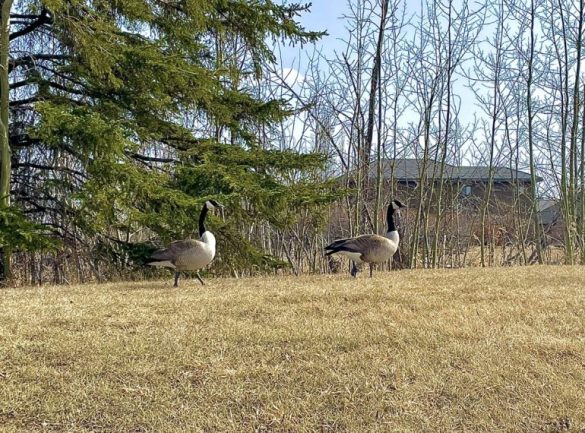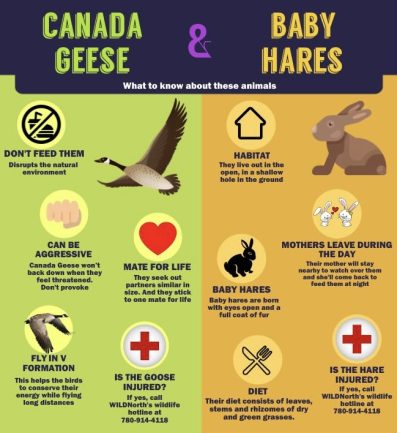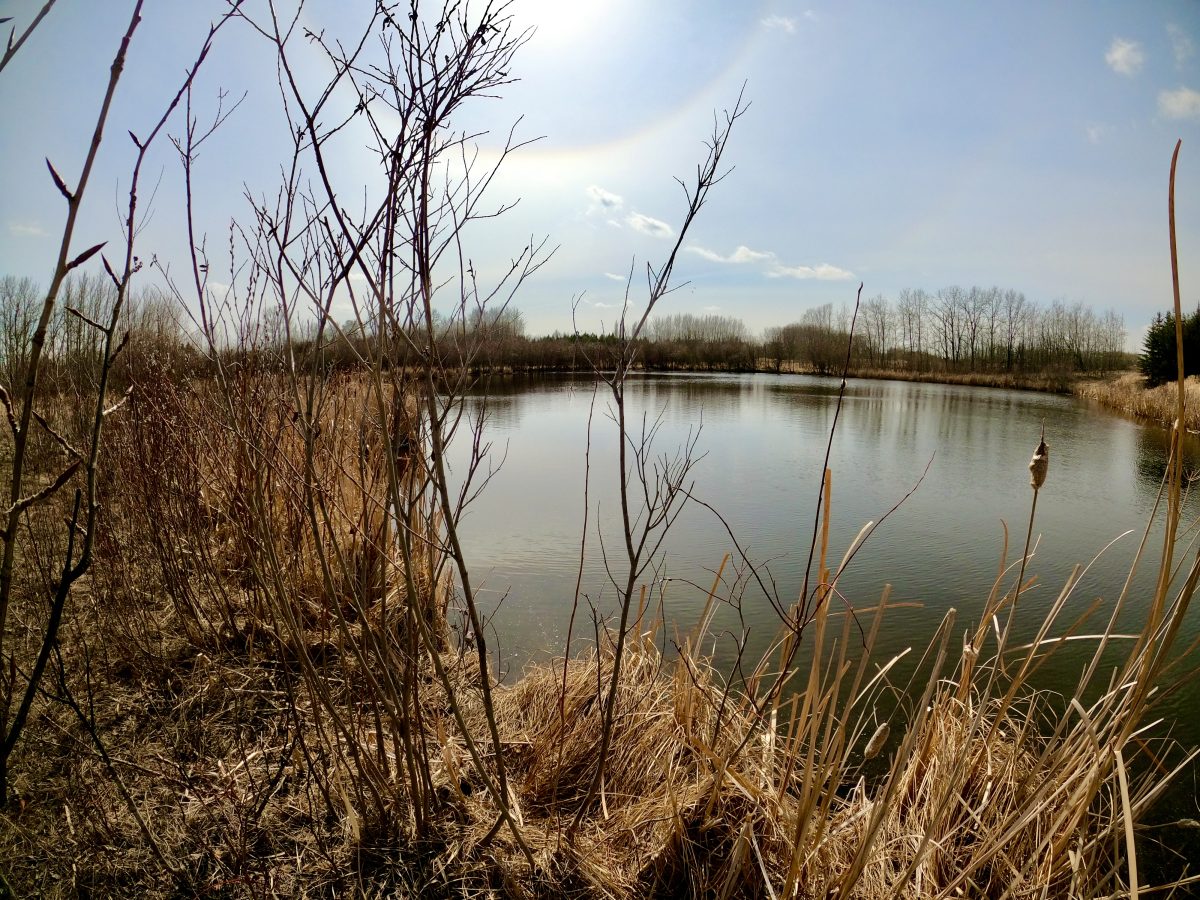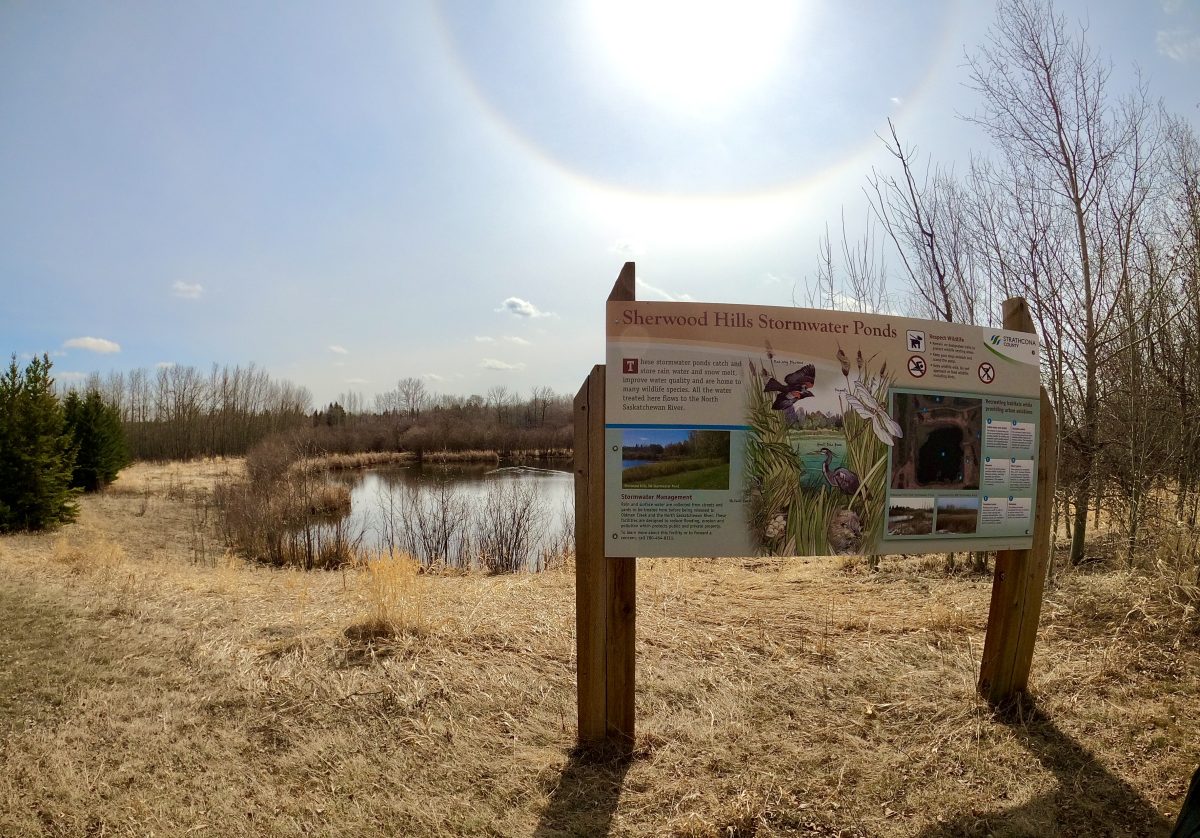As the birthing season for urban wildlife begins, Edmontonians may see an increase in furry friends in their surroundings.
Understanding what to do if your path crosses with a wild animal in an urban setting is important so both groups can coexist peacefully and humanely. WILDNorth: Northern Alberta Wildlife Rescue & Rehabilitation can’t stress this enough.
“I always say take a step back, stay in the area, take some pictures or videos and call us because you never know what the right or correct next step could be,” said Jillian Vander Vinne, Helpline and Social Media Manager for WILDNorth.
Vander Vinne says the different types of animals the city sees an uptake in vary monthly. “March and April, it’s definitely geese and ducks and just birds in general, coming back for nesting and baby season as well,” said Vander Vinne.

“Baby hares are another huge topic that we talk about a lot because lots of people find a baby hare all alone, and they want to provide it with care, bring it in right away. But it’s actually normal for them to be alone. So we tell them to leave it there.”
During the day, it’s normal for the mothers of baby hares to leave their offspring as their presence might attract unwanted attention from predators.
Geese and baby hares are most commonly seen in Edmonton and surrounding areas during spring. And knowing what next step to take after spotting one is essential.

“So the first thing you want to do is call our wildlife helpline just because, like I said, with baby hares, we ask you to leave them there, where sometimes if it’s an injured goose, depending on the nature of the injury, sometimes we’ll monitor it where we can mobilize our rescue team or we even utilize the public to capture, contain and bring in wildlife,” said Vander Vinne.
“And then we can provide comprehensive rehabilitative care for them.”

As a growing and developing city, humans and animals must learn to coexist as they both play a vital part in our ecosystem’s survival.
“We need to learn to humanely coexist with them and understand that they need to live in urban environments as well and to not always want to get rid of them or relocate them. And that it could be really cool just to see them around and know that they play such an important role for the natural local ecosystem,” said Vander Vinne.

Seeing apparent signs of injury in an animal or unsure what to do, call WILDNorth’s wildlife hotline at 780-914-4118. Vander Vinne says they receive over 13,000 calls on their helpline annually, and encourages the public to use this as a vital tool to ensure peace and health for all wild animals.
“The helpline is probably actually helping more animals on a larger scale by educating the individual member of the public.”

